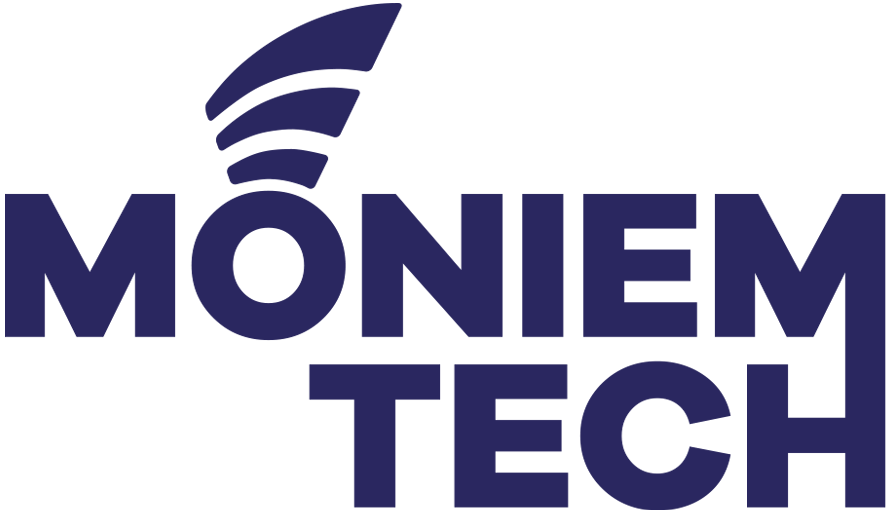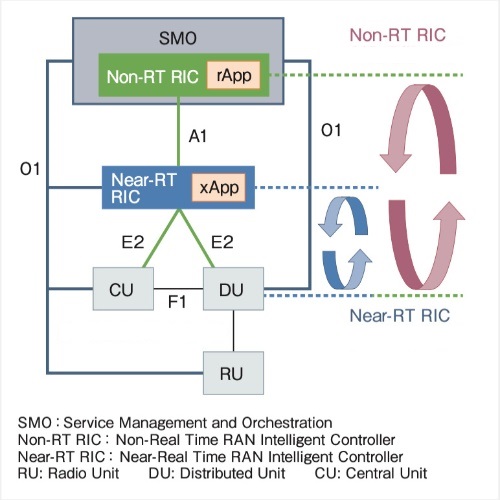Many of my friends asked me why MNOs (Mobile Network Operators) didn’t switch-off legacy networks like 2G and 3G till now. Yes, this is a good question specially day-by-day I […]

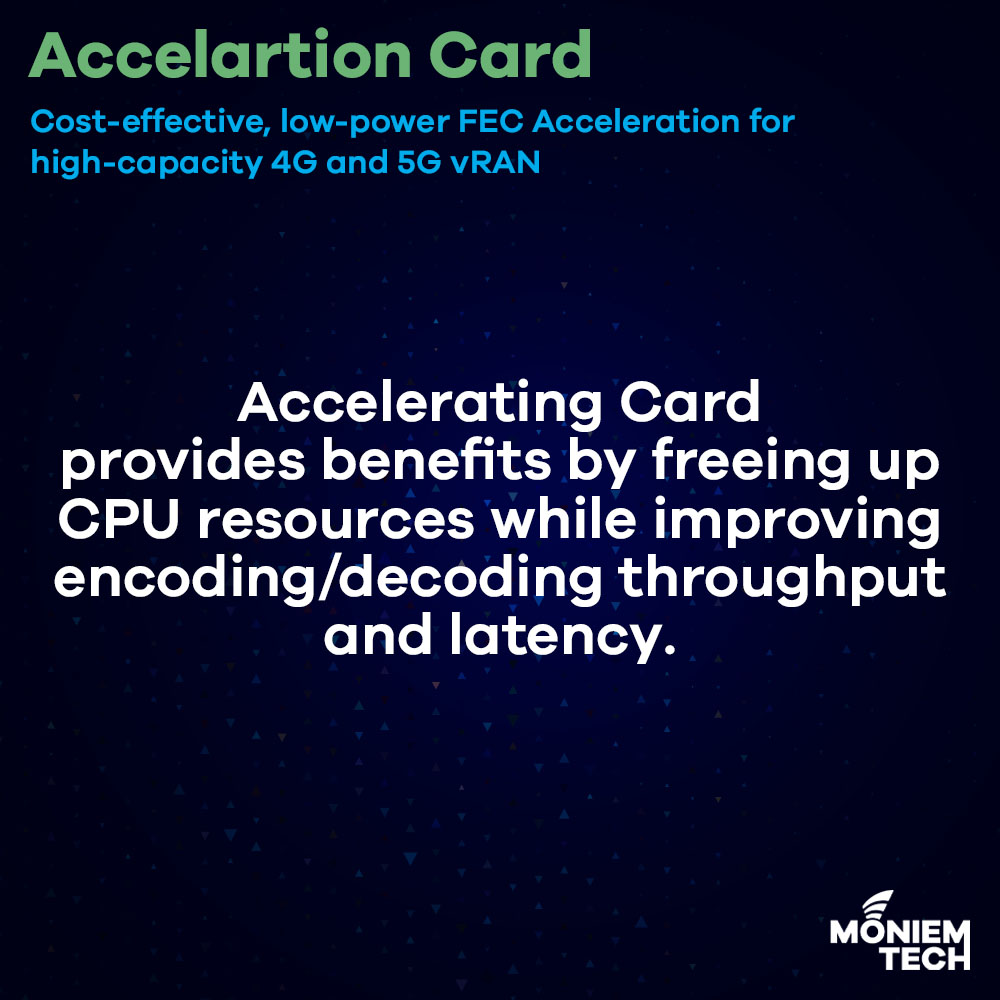
On the road to 4G and 5G, MNO (Mobile Network Operators (MNOs) started to think of vRAN (Virtual RAN) and Open RAN, the main difference between them you can find […]
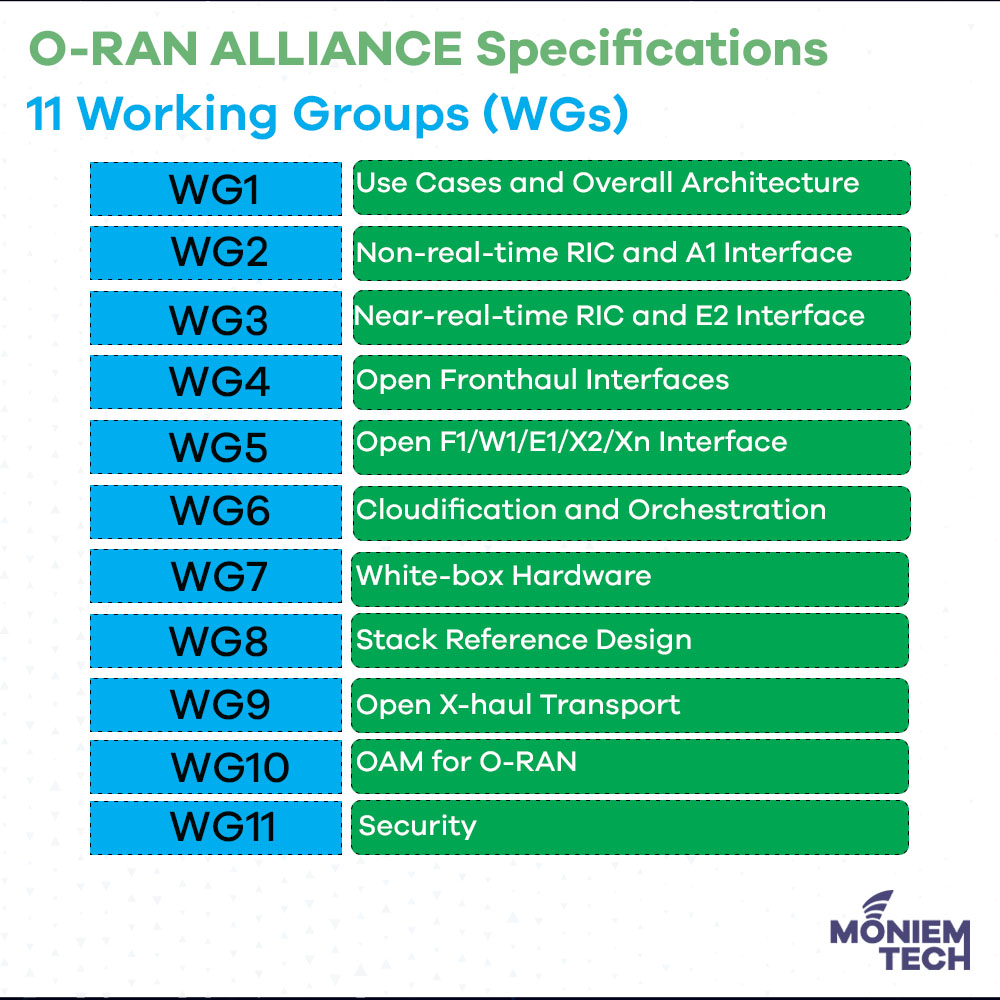
The O-RAN Alliance (O-RAN) is a group that is defining specifications for radio access networks. It is a global alliance founded in 2018 and it is now comprised of close […]
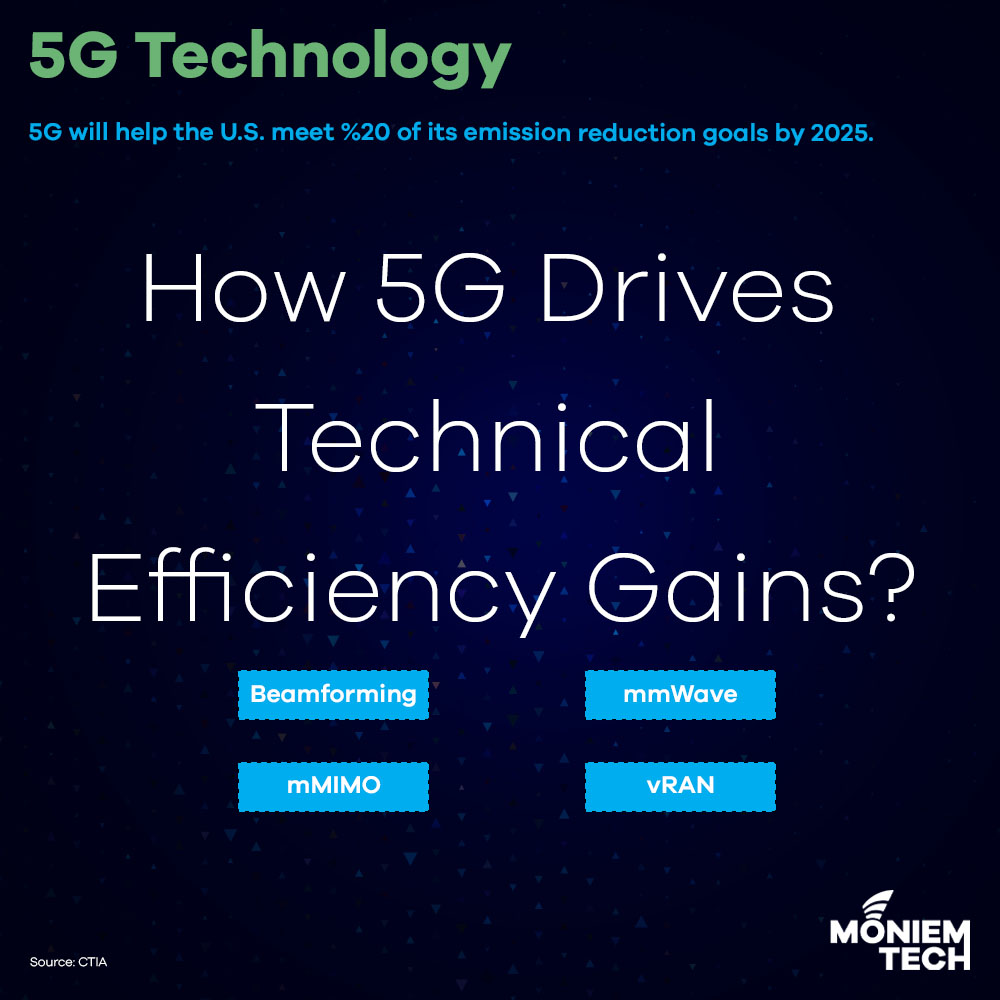
5G builds upon existing network infrastructure to handle the increased demand for data in an interconnected society. It is transforming industries and is changing the way businesses and consumers use […]
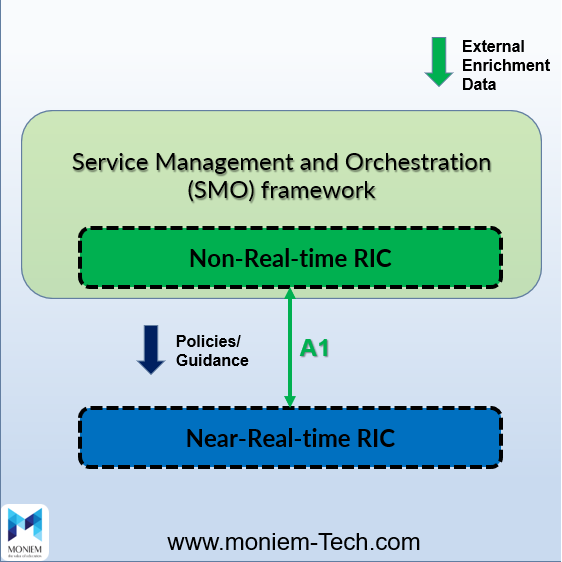
In this article, I’d like to give more focus on a powerful component in the Open Radio Access Network (Open RAN) Architecture that will make an amazing shift in the […]
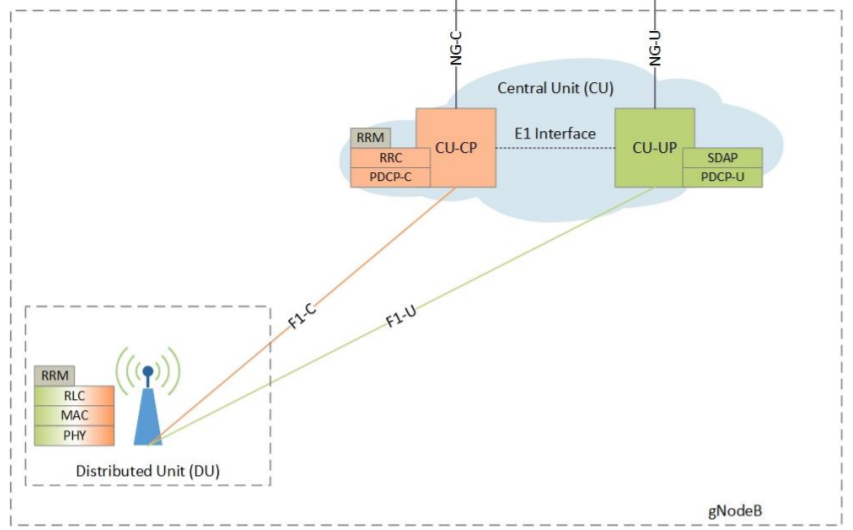
Open RAN disaggregates the RAN into main 3 components as below: ? Upper Layer Split Central Unit (CU) • Logical node that includes a portion of the eNB/gNB functions as defined […]
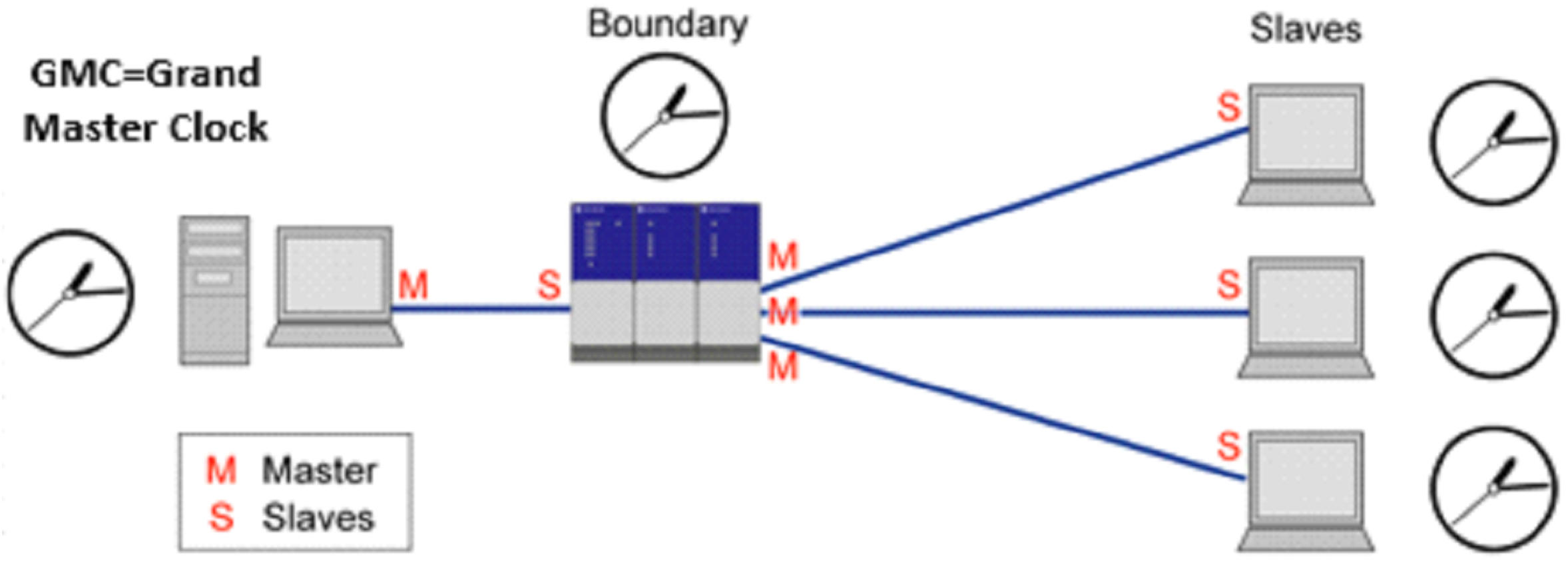
Introduction Several time synchronization mechanisms can be used in a network. The most common standards are Network Time Protocol (NTP) and Precision Time Protocol (PTP). NTP, which is the older, […]
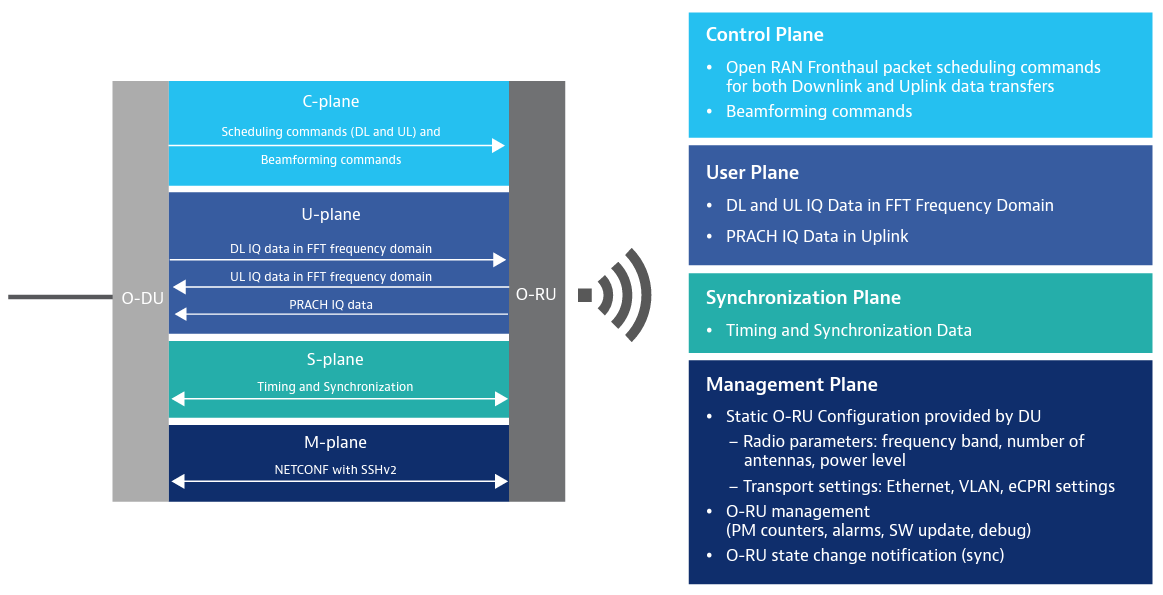
O-RAN’s proposed concepts and architectures use a split-RAN concept. There are 8 known ways to functionally split the RAN, and each one proposes splitting the processing so that different parts […]

For the introduction of RAN functions disaggregation and open interfaces in 5G, 3GPP has in Release 15 specified a Higher Layer Split (HLS) option of the gNB, which is also […]

First, We need to understand the most important question, Why do we need to change our RAN from a traditional setup to a more flexible one? The Answer is: Heavy […]
